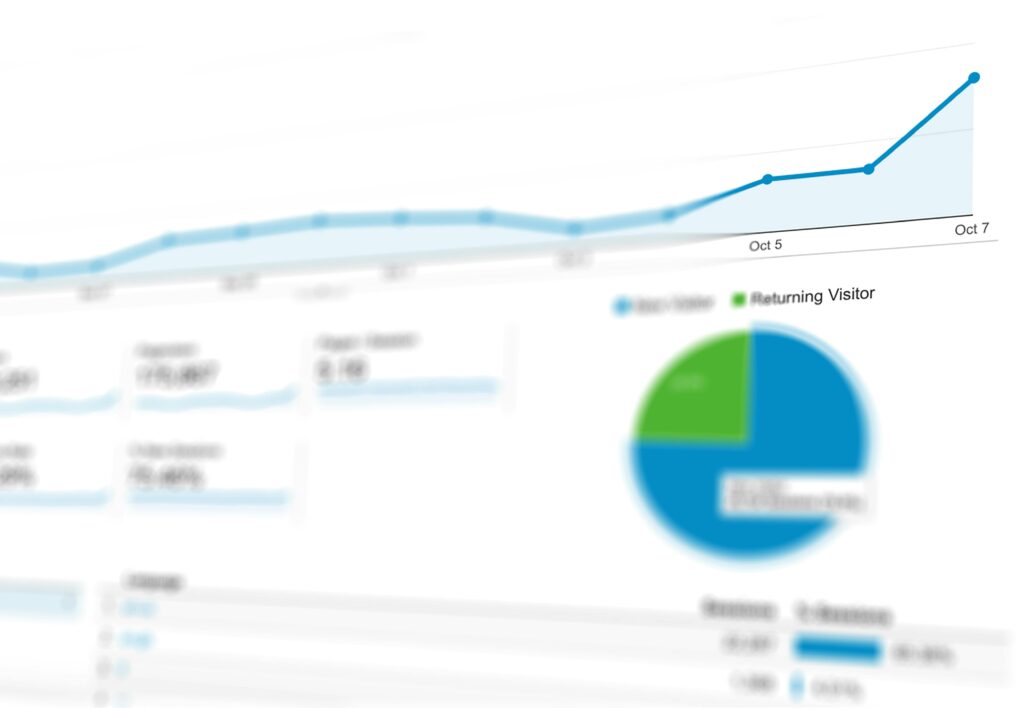Attribution modeling in digital marketing refers to breaking down each digital marketing channel to determine which channels have led to a conversion for the brand. This involves analyzing user behavior data such as impressions, clicks, app downloads, in app purchases and tracking these “events” or behaviors back to specific marketing campaigns and efforts.
For instance, you’re shopping for a car online and trying to find the perfect color, features, mileage, year. You’re visiting multiple websites, reading reviews, comparing price and you’re getting fatigued. Later that day you receive an ad, for the exact car you’re interested in, on your weather app. You click the ad and it takes you to a website of a local car dealership and you’re on their website for 4 minutes. Two days later you go back to the local dealership website and click on other vehicles they have for sale. You really feel inclined to test drive a few of the models you’ve been browsing online so you decide to make a trip to the dealership and talk with a salesman. The next day, you’re there, sitting in these cars and test driving them. The perfect car is there and you decide to make a purchase and drive off the lot with the perfect car.
What led this consumer to the purchase?
In this instance an attribution model would be able to clearly define the steps taken to get that consumer to buy a car. An attribution model would show that the dealership served an ad to the weather app on your phone. The consumer then went back to the local dealership website two days later and then a day after that, the consumer actually visited the local dealership lot and purchased a car.
How to use the data to the benefit of the brand
With this data, the local car dealership would be able to ascertain that the ad they served in the weather app generated a visit to their website. The same device the ad was served to set foot on their dealership lot and made a purchase. The dealership can use this data to refine their ad targeting and digital channels to reduce their ad waste and run more efficient ad campaigns in the future.
What kinds of attribution models are there?
When it comes to digital attribution models there are a few. First click attribution is one model which refers to the first time a consumer has contact with an ad campaign. Last click attribution refers to the last click the consumer made before making a purchase, downloading an app or coming in store. The last attribution model is multi-touch attribution. In this example a consumer discovers a mobile app through Facebook and clicks on the ad, which takes them to the app store. The app isn’t downloaded immediately but the consumer returns a few days later to search for the app on Google, they see an ad, click the ad, and go to the app store. The consumer still doesn’t download the app but when they’re browsing the app store, they’re served an ad by Apple Search ads which prompts them to download it.
A multi-touch attribution model would give credit to all sources, Facebook, Google and Apple. In some cases more credit would be given to the Apple Search ad since it was the last ad served and it generated an app download. Multi-touch attribution models are a more comprehensive way to understand the entire consumer journey. When you can compare multiple user journeys of multiple users it starts to paint a picture of what digital channels are generating engagement with your brand. Armed with this data you can refine and optimize ad campaigns to reduce wasted ad spend efficiency.





